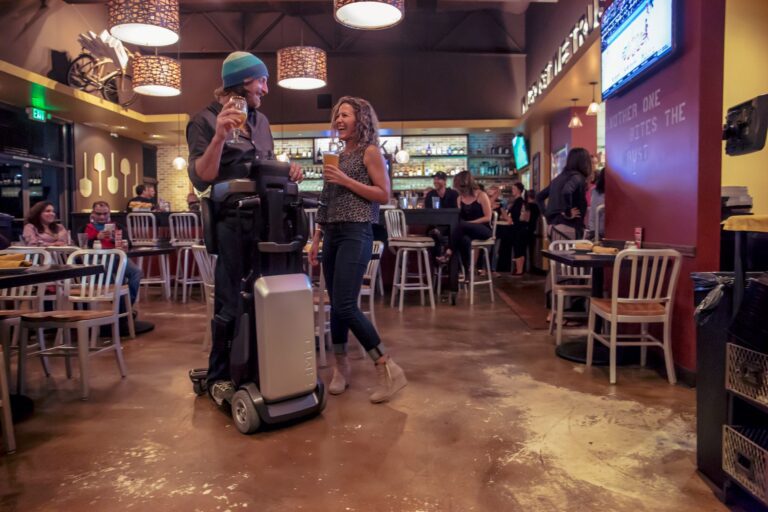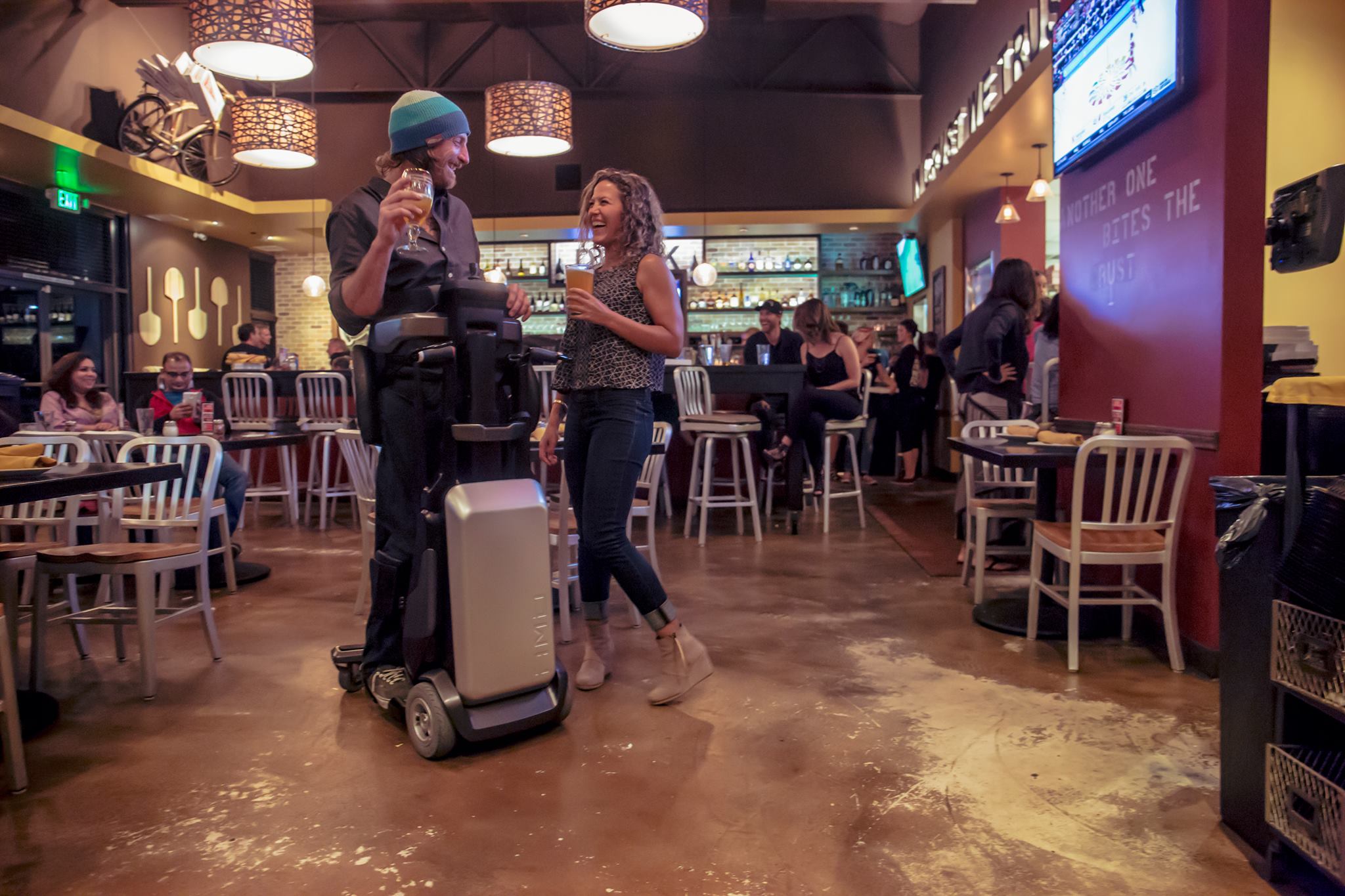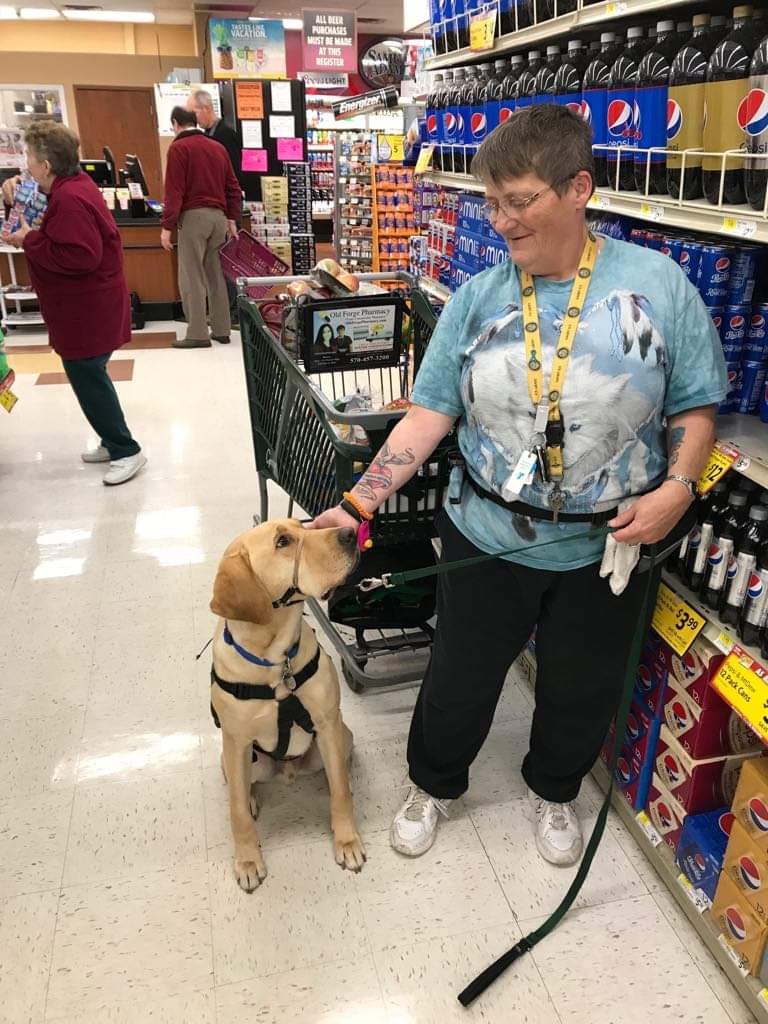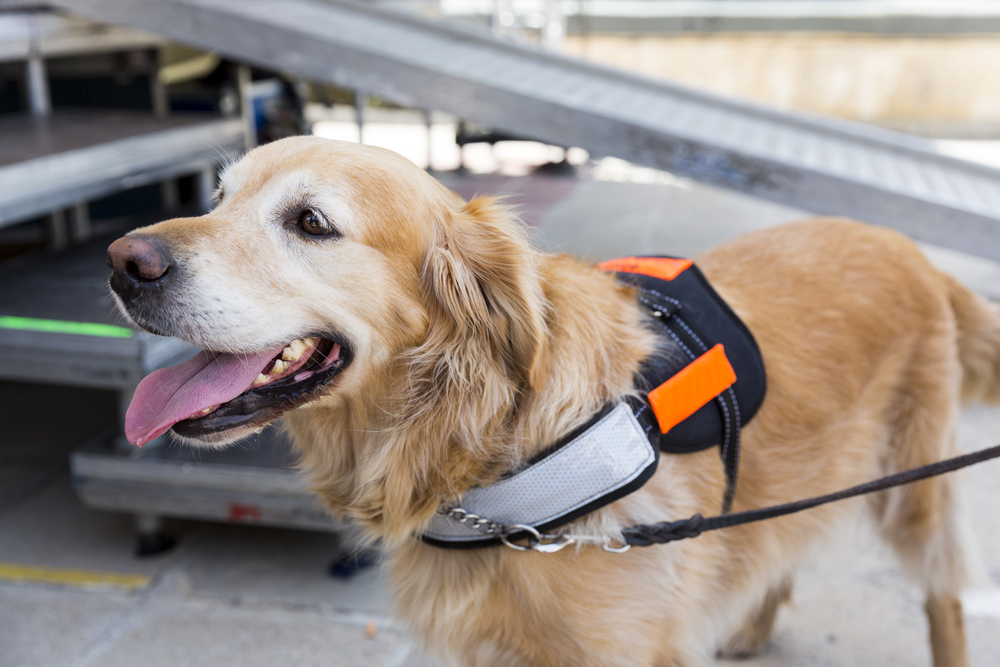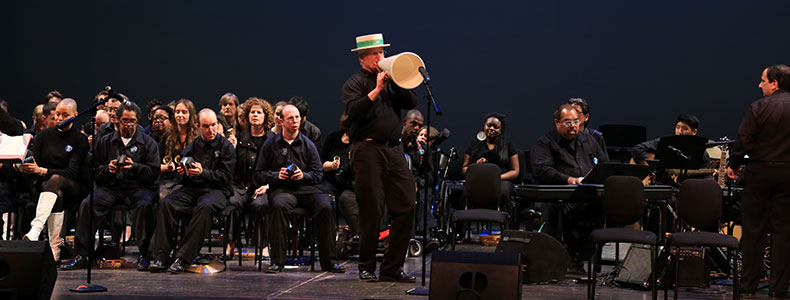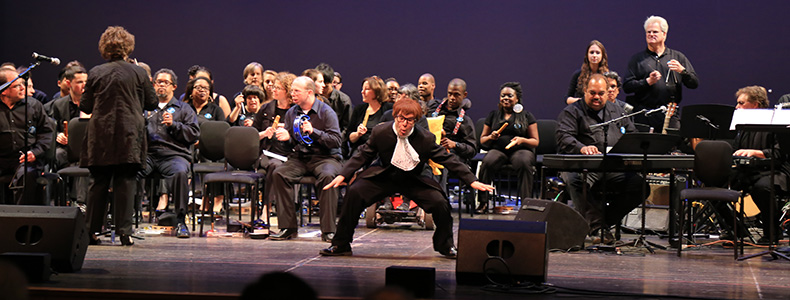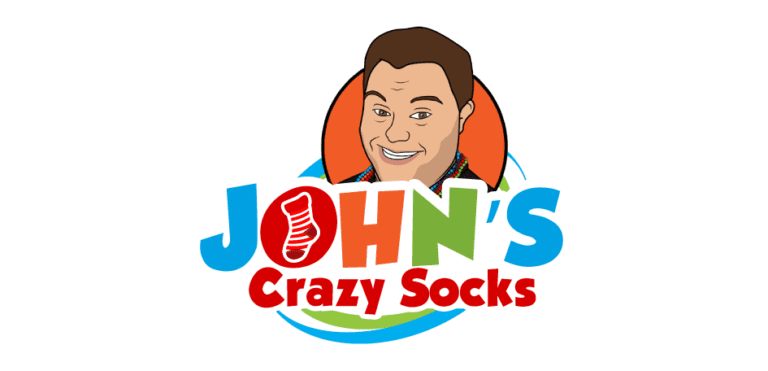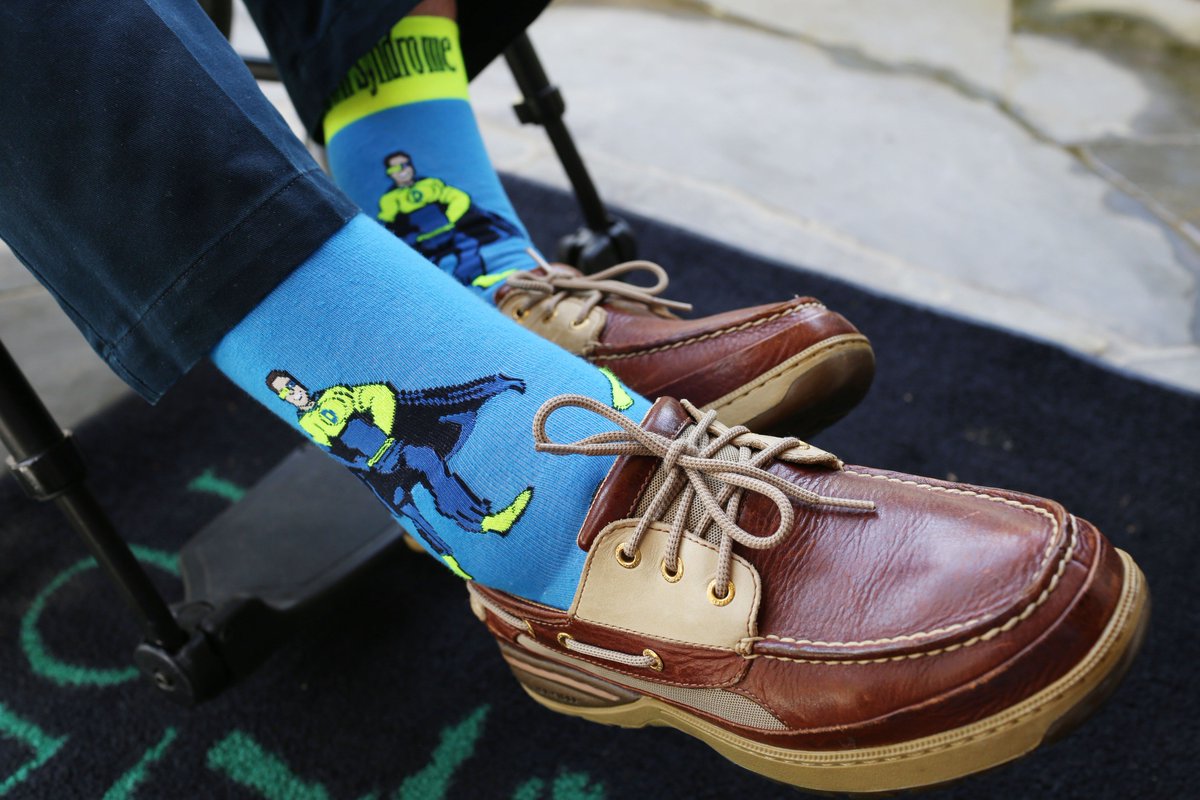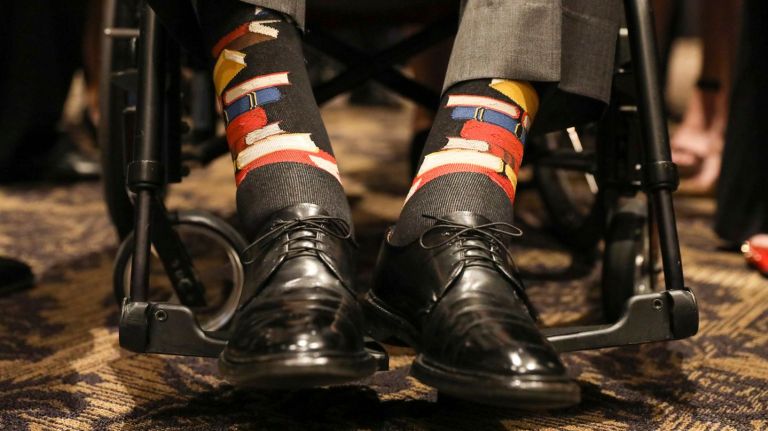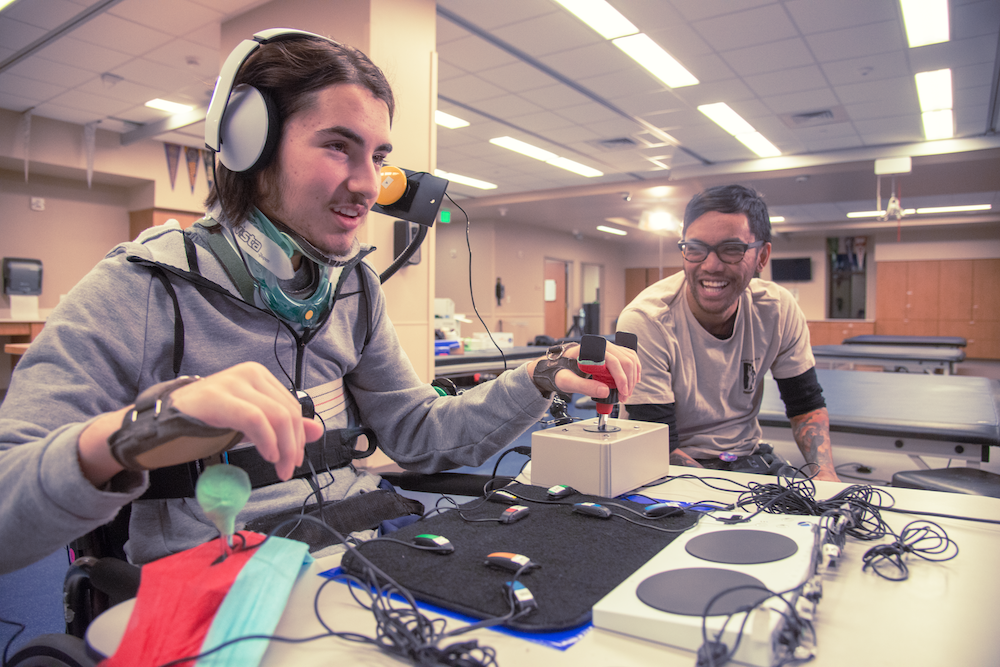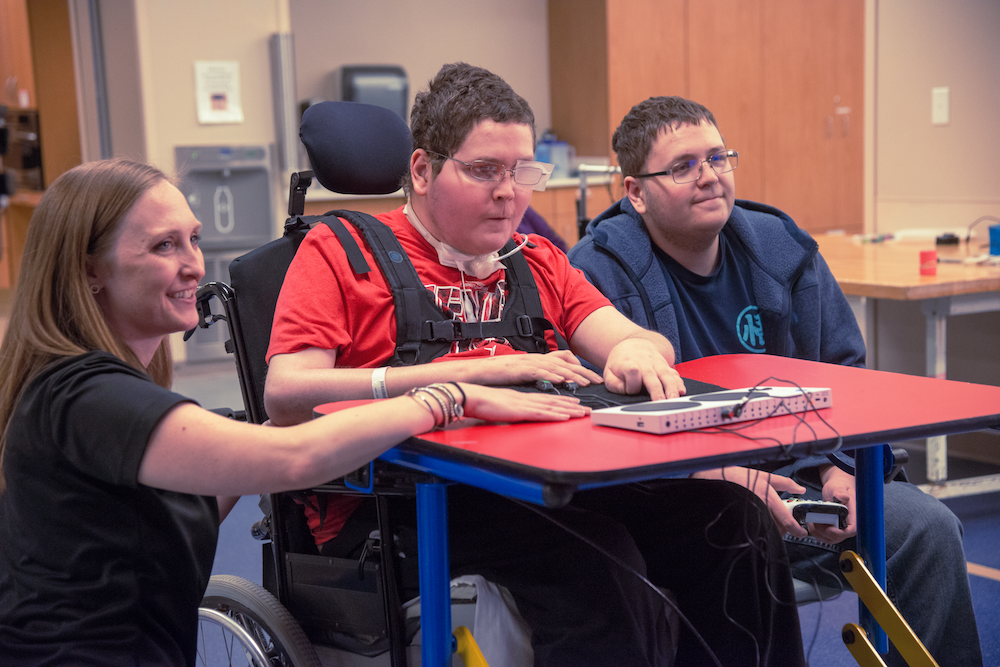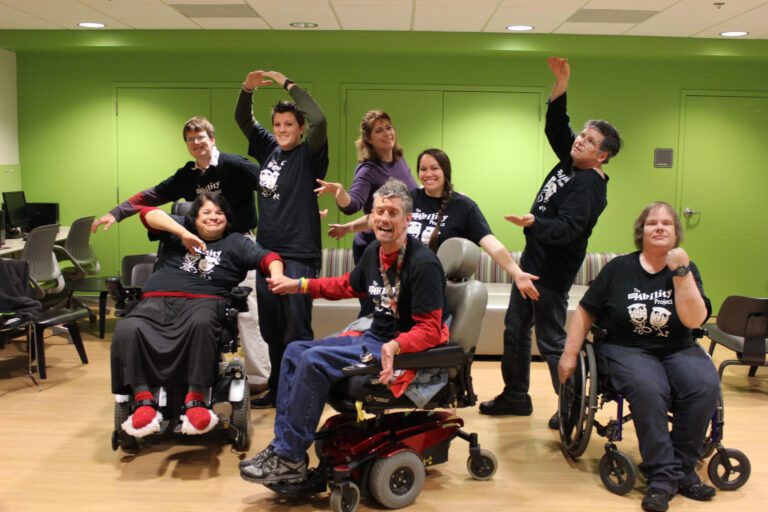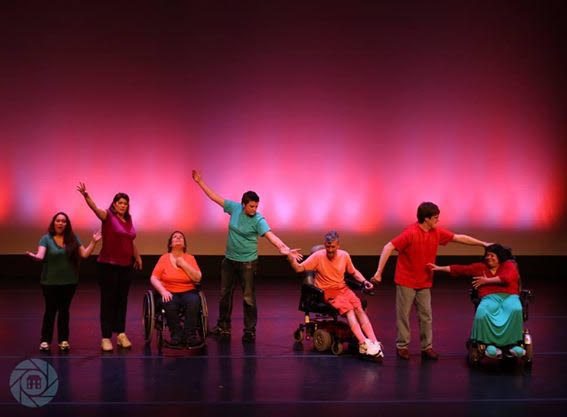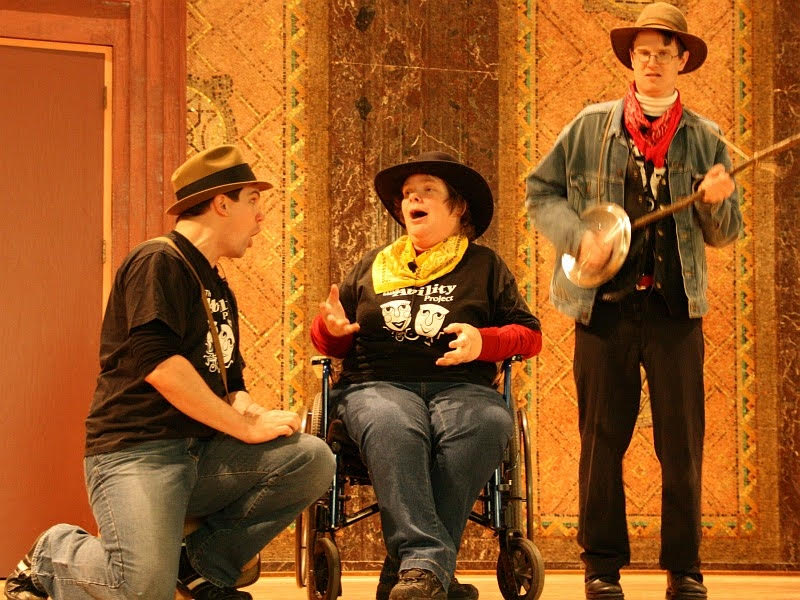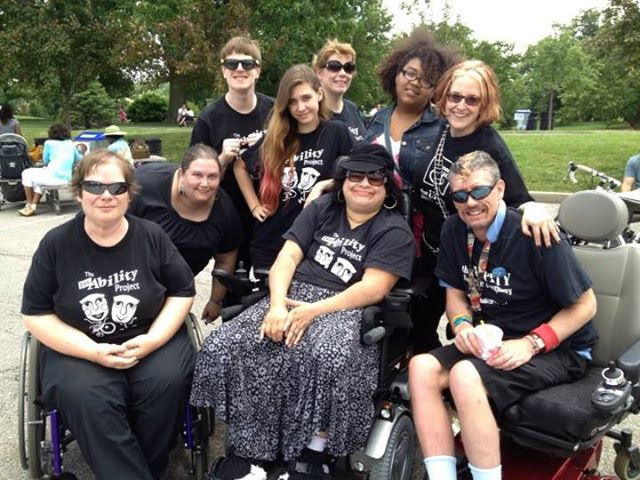Filing taxes can be tedious and a bit stressful but, for many Americans, receiving a tax refund is welcomed. It’s important to remember, however, that if you’re receiving money back from Uncle Sam it’s because you had too much withheld and overpaid your taxes last year — so it’s not really extra money per se. Before splurging it away, consider these steps to put your tax refund to work to set yourself and your family up for long-term financial success.
1) Pay down your “bad” debt. Eliminating debt, especially the high-interest consumer debt with no tax benefits, makes it easier to reach your financial goals. If you’re carrying a balance on your credit cards or other high-interest loans, use your tax refund to pay down such expensive balances.
If you’re still not down to zero after you use your tax refund, continue to make lowering debt a high priority throughout the year. When it comes to smart money management, the only thing perhaps more important is contributing to your company’s retirement plan at least enough to receive the maximum employer match. Often, those contributions are taken straight from your paycheck before your taxes are deducted. Whether your employer matches 50 percent of your contribution or dollar-for-dollar up to a certain amount, it’s hard to beat that kind of return.

2) Build up an emergency fund. Unexpected situations happen frequently – and maybe even more so to seniors and/or people with disabilities – and many people are unprepared for these circumstances. A 2018 survey by the financial advisory company Charles Schwab found that just 35 percent of Americans have an emergency fund. It’s optimal to tuck away between three to six months of essential living expenses in a savings or money market account. Your money won’t grow much in these types of vehicles, but will be easily accessible if and when you need to pay bills in case of a job loss or unexpected illness. Having some cash ready for unexpected situations will help you avoid expensive and unwise alternatives like depending on credit cards, being forced to sell investments at an inopportune time or withdrawing money from a retirement savings account, which often results in having to pay early withdrawal penalties.
3) Max out your retirement accounts. Even if you have a 401(k), an Individual Retirement Account (IRA) can be a great way to supplement your retirement savings. Try to contribute up to the IRS maximum, which is $6,000 in 2019, plus an extra $1,000 if you’re over the age of 50.
For most people, the above steps should be taken in order. If you still have more refund dollars to put to work (or took these steps before you even got your refund), consider implementing the remainder of this list to impact savings goals. The exact order of the following might vary depending on your situation:

4) Consider other tax-efficient saving and investing accounts. If you’re trying to save for college for your children, contribute to a 529 college savings plan or education savings account, which both benefit from tax-deferred growth on your investments. You could also contribute to a health savings account (HSA), which is tax-advantaged savings and investment account available to people with high-deductible health plans.
5) Save for a down payment or pay down your mortgage. Alternatively, you may consider saving for the down payment on your home or making an extra payment (or two) on your mortgage or student loans. While those are considered to be in the “good” debt category since they are tax deductible and can help boost your credit score, eliminating your debt ultimately helps free up future money for other uses.
6) Treat yourself or keep investing for something bigger. Once you’ve addressed your savings goals, you may consider if there’s an amount left to treat yourself and your family (yup, here’s the splurge part). But make it something you really want; or if you’re still working toward a bigger goal, keep saving or investing for the long-term.
While these steps are especially important when you’re trying to prioritize how to save and invest, they’re applicable to much more than just your tax refund. Smart saving and investing behaviors are key to achieving long-term financial goals.
[BPT]








